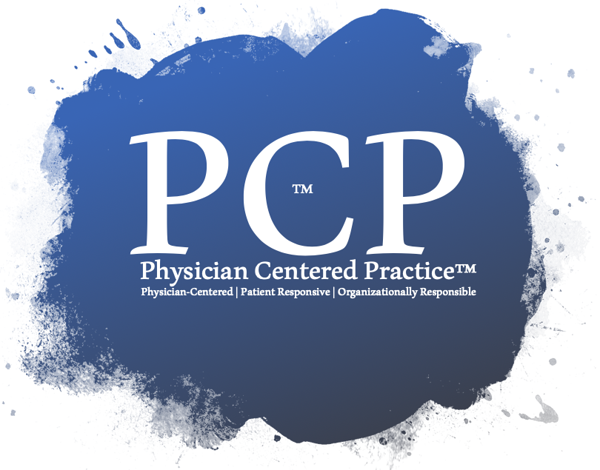Sophisticated organizations regularly use behavioral assessments to match individuals to job requirements, manage team development and solve interpersonal issues
The aversion to such instruments in such a highly educated arena as medical practice is somewhat astounding. However, physicians have become "plug and play." At least, that's the way I believe they are often treated and the physicians I speak with daily certainly tell me they feel that way. They have become commodities. Pretty high priced commodities.
Most of this problem, the problem you have with them and the problems they have with you is a simple disconnect between priorities. Or, as one of my favorite move lines goes: "What we have here is a failure to communicate." That was "Cool Hand Luke" if you don't recall, and Luke (aka the doctor figure) suffered mightily for the failure for him and the warden to communicate. That's what is happening today in too many medical staff settings - a basic failure to communicate, to understand motivators and to understand firmly imprinted behaviors. I focus on behaviors as they also define motivation and communications.
I'm an advocate of the Birkman Method, ( you can check it out here: www.birkman.com ) a highly sophisticated behaviorally-based work assessment tool that I happen to be the largest user of in the world for physicians. What I find key is that with more than 1,200 physician assessments, I've never been told it's wrong.
But this is the crux.
Hospitals,
ACOs, small, medium and large sized physician practices are usually
seeking the same thing when
expanding their medical staffs:
- They want physicians who want to be productive. They value a balanced perspective with equally high emphasis on production and thought. They want physicians who work hard, but who also take time to make good decisions. Secondarily organizations place a somewhat lesser but still balanced value on physicians who demonstrate structure, organization and good communications.
- The Behavior sought by most organizations, or usual style in Birkmanese, is all about production, with a secondary emphasis on good communications. Good communicators have fewer patient complaints and are likely to less frequently be the targets of malpractice claims.
- The most critical behavioral drivers are Needs, however. Needs can be measured as a nearly flat line through a professional life. That's right, they don't change, so they are really important to understand. Needs reflect the necessary environment for physicians to exercise their most positive Usual behaviors (number 2 above) as well as to show adaptability to new or different usual behaviors. And, subsequently, with positive support for Needs, Interests may also show shifts.
- Unfortunately, the Need patterns most likely desired by hospitals is very different from the average physician. By supporting such needs, organizations:
- Frustrate physicians making it more difficult for them to not only display their own usual behaviors but also making it more difficult, or even impossible, for them to adapt to desired behaviors.
- Further, this becomes the stewpot for disruptive, or simply unproductive behaviors.

